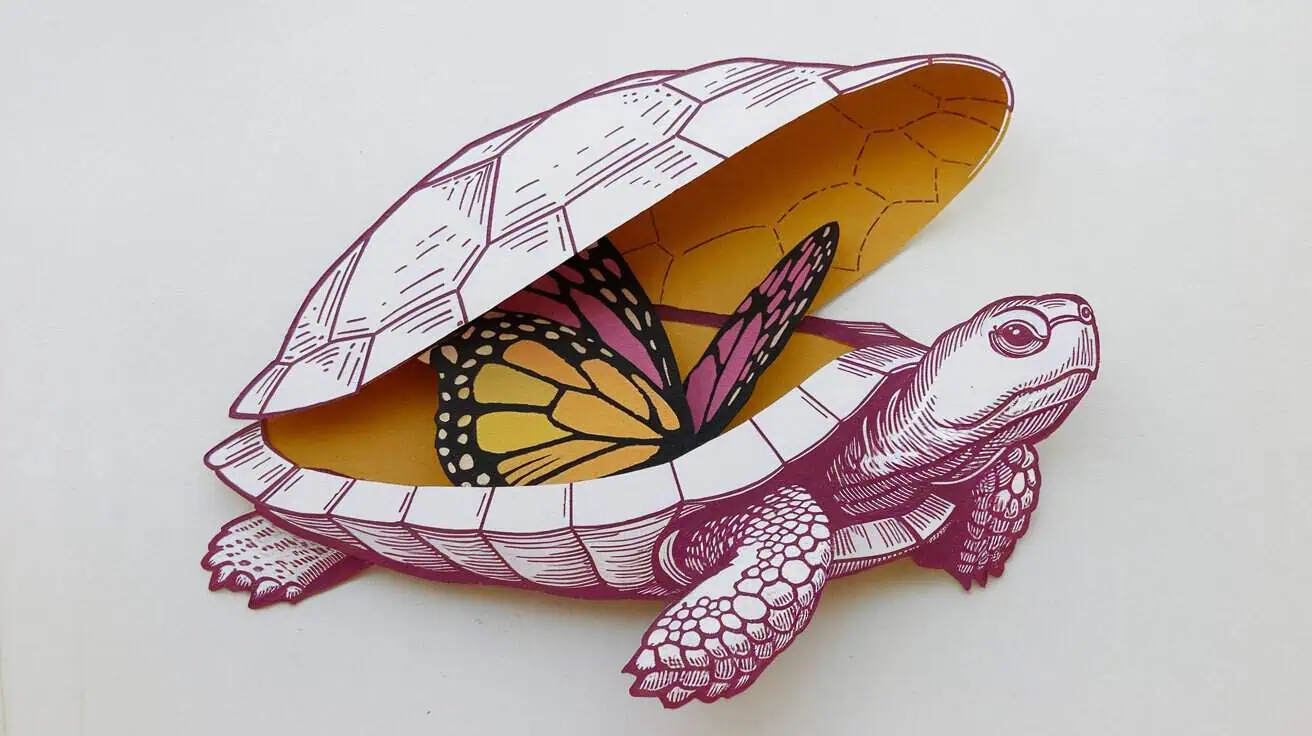I sat in my car one rainy afternoon, deliberately playing melancholic music and letting the sadness wash over me. It felt… good? The guilt crept in immediately – why would I choose to feel this way? Yet I knew I wasn’t alone in this experience. Many of us find ourselves drawn to sadness, seeking it out like an old friend. I turned the volume up, allowing the haunting melodies to resonate within me, reminding me of moments long past. In that solitude, there was a strange comfort in embracing sadness, as if it offered clarity amidst chaos. Yet, I often questioned whether this inclination was healthy or just another way of overcoming persistent feelings of guilt that seemed to lurk around every corner of my mind.
Understanding Our Complex Relationship with Sadness
Sadness isn’t just an unwanted guest – it’s a fundamental part of the human experience. Like the low notes in a symphony, it adds depth and richness to our emotional life. Research shows that experiencing sadness can enhance our empathy, improve decision-making, and even strengthen our relationships.
When we fight against feeling sad, we often miss these hidden benefits. It’s like trying to skip winter – we forget that the dormant season serves a purpose, preparing the ground for new growth.
But why would we actively seek out sadness? The answer lies in our emotional wiring and life experiences. Understanding feelings of sadness can provide us with a deeper perspective on joy and fulfillment, as every emotion serves a purpose in our emotional landscape. Additionally, grappling with sadness often leads to personal growth, resilience, and a greater appreciation for the highs and lows of life.
The Comfort of Familiar Pain
Sometimes sadness feels like putting on an old sweater – worn and familiar. This is especially true if we’ve spent significant time with difficult emotions in our past. Our brains create neural pathways that make certain emotional states feel more natural, even if they’re not necessarily healthy. As we navigate through these emotions, it becomes essential to acknowledge them rather than suppress them. Understanding unexplained feelings can lead us to deeper insights about ourselves and our past experiences. By embracing the complexity of our emotions, we can begin to unravel the threads connecting us to those old, worn sentiments and pave the way for healing and growth. In these moments, we may cling to our sadness as if it were a form of comfort, wrapped in the nostalgia of our struggles. Understanding emotional intensity becomes crucial, as it allows us to navigate through these feelings without being consumed by them. By acknowledging our past experiences, we can gradually unravel the threads of our emotions and weave a healthier narrative for our future.
I remember a client who described it perfectly: “Being happy feels dangerous – like I’m waiting for the other shoe to drop. But sadness? I know exactly what to do with that.”
This familiarity can create a feedback loop. The more time we spend in sadness, the more comfortable it becomes, making it harder to break free from its grip.
When Sadness Becomes a Shield
Sadness can also serve as a protective mechanism. Like a turtle retreating into its shell, we might use melancholy to guard against potential disappointment or pain. It’s as if we’re telling ourselves, “If I stay sad, nothing can hurt me more than I’m already hurting. ” In this way, sadness becomes a refuge, a dark corner where we can wallow in our emotions without facing the unpredictability of the outside world. By embracing our sorrow, we might find a strange sense of safety, understanding comfort in sadness as a form of self-preservation. Yet, while this cocoon can shield us temporarily, it is essential to remember that emerging from it is crucial to heal and re-engage with life’s joys and challenges.
But this protection comes at a cost. While it might feel safer in the moment, chronic sadness can prevent us from experiencing the full spectrum of life’s emotions and opportunities.
Finding Balance in Our Emotional Life
The goal isn’t to eliminate sadness – that would be like trying to remove all the minor chords from music. Instead, we can work toward a more balanced relationship with our emotions.
Start by practicing emotional awareness. Notice when you’re actively seeking sadness. Is it serving a purpose? Is it helping you process something important, or has it become a habitual refuge? If you realize that your attraction to sadness is habitual rather than meaningful, it might be time to redirect your focus. Consider how you can channel those emotions into actions that align with your goals and aspirations. In this journey of self-discovery, you may find yourself not only releasing unnecessary sorrow but also actively engaging in finding your life’s purpose.
Here are some ways to develop a healthier relationship with sadness:
- Acknowledge your feelings without judgment
- Set gentle boundaries around “sadness time”
- Gradually explore other emotional states
- Seek support when sadness becomes overwhelming
Remember that change doesn’t happen overnight. Just as a garden needs time to bloom, emotional growth requires patience and consistent care.
The Path Forward
Understanding why we like feeling sad doesn’t mean we need to stay there. Think of emotions like weather patterns – they’re meant to move through us, not become permanent conditions.
If you find yourself consistently drawn to sadness, know that you’re not alone. Many of us have walked this path. The key is recognizing when sadness has shifted from a natural part of life to a default state that’s holding us back.
Consider reaching out to a mental health professional if you feel stuck. They can help you understand your relationship with sadness and develop tools for emotional resilience.
Remember, embracing joy doesn’t mean betraying your depth or complexity. You can honor your capacity for deep feeling while also opening yourself to lighter emotions. By allowing yourself to experience happiness, you create room for a more balanced emotional landscape. Embracing joy can enhance your interactions with others, enriching your life experiences and fostering deeper understanding. In this journey, exploring emotional connections in relationships can lead to profound growth and fulfillment, reminding you that lightness and depth can coexist beautifully.
What emotion might you be protecting with sadness? What small step could you take today toward a more balanced emotional life?
Your relationship with sadness is uniquely yours, but you don’t have to navigate it alone. Share your thoughts in the comments below, and let’s support each other in finding emotional balance.
Together, we can learn to appreciate sadness for what it is – one note in the complex symphony of human emotion – while ensuring it doesn’t become the only song we know how to sing.



Thank you for this article, genuinely.